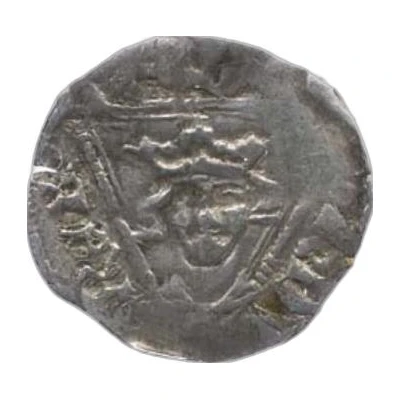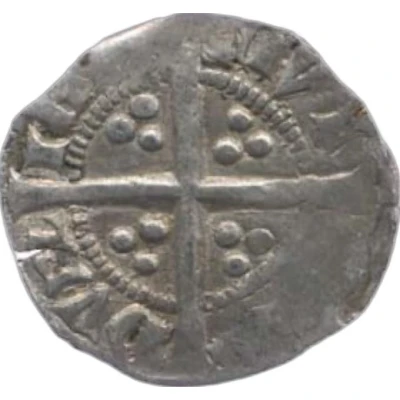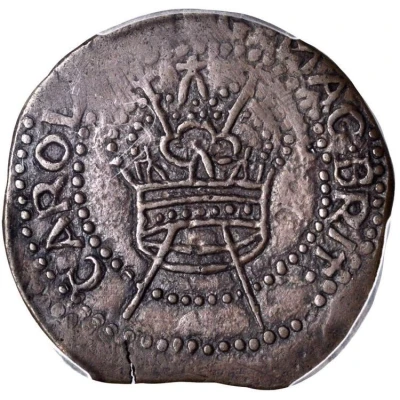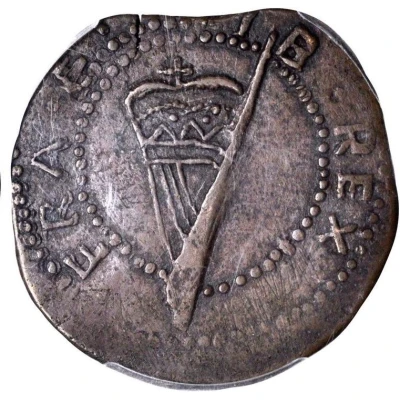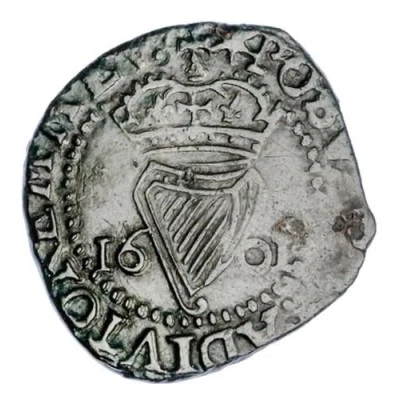
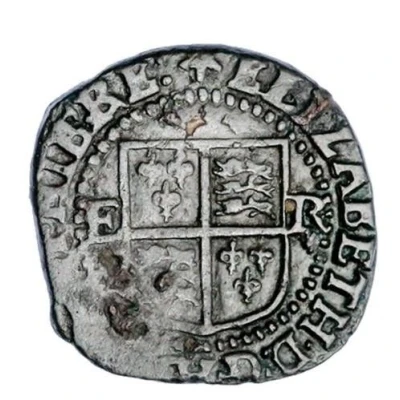

© Spink and Son
½ Penny - Elizabeth I Third coinage
| Copper | 0.89 g | 16 mm |
| Issuer | Ireland |
|---|---|
| Queen | Elizabeth I (1558-1603) |
| Type | Standard circulation coin |
| Years | 1601-1602 |
| Value | ½ Penny (1⁄480) |
| Currency | Second Irish Pound (1460-1826) |
| Composition | Copper |
| Weight | 0.89 g |
| Diameter | 16 mm |
| Shape | Round (irregular) |
| Demonetized | Yes |
| Updated | 2024-10-05 |
| Numista | N#332556 |
|---|---|
| Rarity index | 97% |
Reverse
Quartered arms dividing initials E R within beaded inner circle.
Script: Latin
Lettering:
ELIZABETH · D'. G'. AN'. FR'. ET . HIB'. RE ·
E R
Unabridged legend:
Elizabeth dei gratia Angliae Franciae et Hiberniae regina
Elizabeth regina
Translation:
Elizabeth by the Grace of God, Queen of England, France and Ireland
Queen Elizabeth
Comment
These coins occur with 3 mint-marks: the trefoil, the star and the martletThe trefoil was first, and in use from the date of the indenture, 2nd February 1601, until the pyx trial of 20th May 1601
Following the pyx of 20th May 1601, the mint mark was changed to star
On 24th May 1602 the star pieces were pyxed, and the mint mark changed to martlet
Interesting fact
One interesting fact about the ½ Penny - Elizabeth I (Third coinage) 1601-1602 from Ireland is that it was minted during a time of great economic and political change in Ireland. The coin was issued during the reign of Elizabeth I, who was the Queen of England and Ireland from 1558 to 1603. During her reign, Ireland was facing significant economic challenges, including a severe shortage of coinage. To address this issue, the Irish mint began producing coins, including the ½ Penny, which was made of copper and had a distinctive design featuring a crowned harp on the obverse side and a cross on the reverse side. Despite its small denomination, the ½ Penny was an important coin in its time and played a significant role in the economy of Ireland during the late 16th and early 17th centuries.
